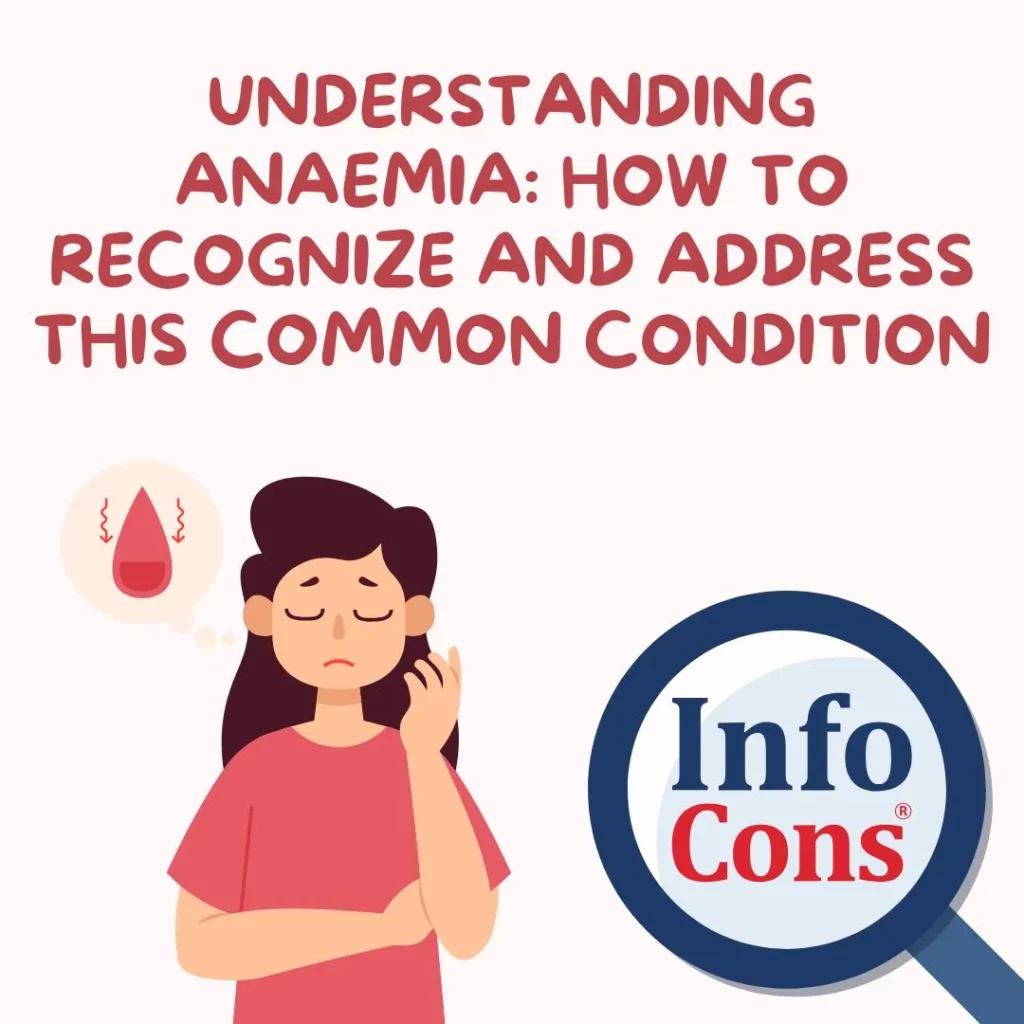
Anaemia occurs when the body has a lower-than-normal number of red blood cells, which are essential for carrying oxygen throughout the body. This reduction in oxygen delivery can lead to a range of symptoms and health complications. The condition is often caused by nutritional deficiencies, infections, or inherited disorders, making it a widespread yet manageable concern.
How Common is Anaemia?
Globally, nearly 1 in 4 people is affected by anaemia, highlighting its prevalence and the need for awareness. Certain groups are disproportionately impacted, including:
- Young children aged 6–59 months, whose developing bodies require sufficient oxygen for growth.
- Pregnant and postpartum women aged 15–49 years, as their bodies undergo significant changes during and after pregnancy.
- Menstruating adolescent girls, who may experience iron loss during their monthly cycles.
Read also : Best Practices for Collecting , Handling , and Treating Lithium Batteries – 2025 Industry Guide
Recognizing the Symptoms of Anaemia
Anaemia can manifest in various ways, often mimicking symptoms of general fatigue or other conditions. It’s important to watch out for the following:
- Persistent tiredness or lack of energy.
- Dizziness or feeling light-headed, especially when standing.
- Cold hands and feet, even in normal conditions.
- Frequent headaches or migraines.
- Shortness of breath, especially during physical activity.
- Irregular heartbeat that seems unexplained.
If you experience any of these symptoms without an obvious cause, it’s essential to consult a healthcare professional for proper diagnosis and treatment.
Read also : EU Renewable Transport Energy : Can We Reach 29% by 2030 ?
Steps to Prevent and Address Anaemia
Taking proactive measures can significantly reduce the risk of anaemia or improve its management. Here are practical steps to consider:
- Adopt a Healthy Diet:
Nutrition plays a vital role in preventing anaemia. Focus on consuming foods rich in:- Iron: Found in leafy greens, red meat, beans, and fortified cereals.
- Folate: Found in citrus fruits, dark green vegetables, and legumes.
- Vitamin B12: Found in dairy, eggs, fish, and fortified products.
- Treat and Prevent Infections:
Certain infections can contribute to anaemia by damaging red blood cells or reducing their production. Taking measures to address infections, such as deworming and sanitation, is crucial. - Fight Malaria:
In regions where malaria is prevalent, addressing this disease is critical, as it can destroy red blood cells and lead to severe anaemia. Preventative treatments and mosquito control efforts are key strategies. - Manage Inherited Blood Disorders:
Some forms of anaemia, like sickle cell disease, are inherited. Regular check-ups and tailored medical treatments can help manage these conditions effectively.
Read also : New Guidelines for Water Use in Food Processing to Prevent Contamination
Why Nutrition is the Key to Prevention
While anaemia can stem from multiple causes, ensuring a balanced diet remains the cornerstone of prevention. Incorporating iron, folate, and vitamin B12 into daily meals not only prevents anaemia but also boosts overall energy and well-being. Consulting with a dietitian or nutritionist can provide personalized guidance to meet your dietary needs.
Source : World Health Organization
InfoCons – European Organization for Consumer Protection and Promotion of Programs and Strategies , a full member of the World Organization Consumers International, founding member of the Federation of Consumer Associations, and member of ANEC .